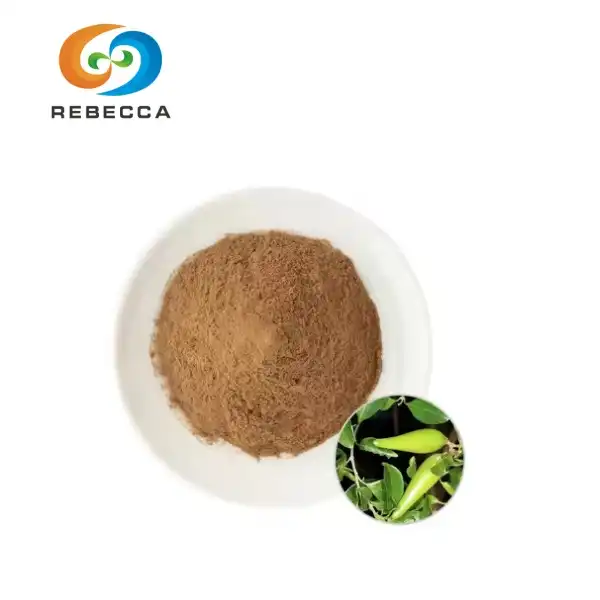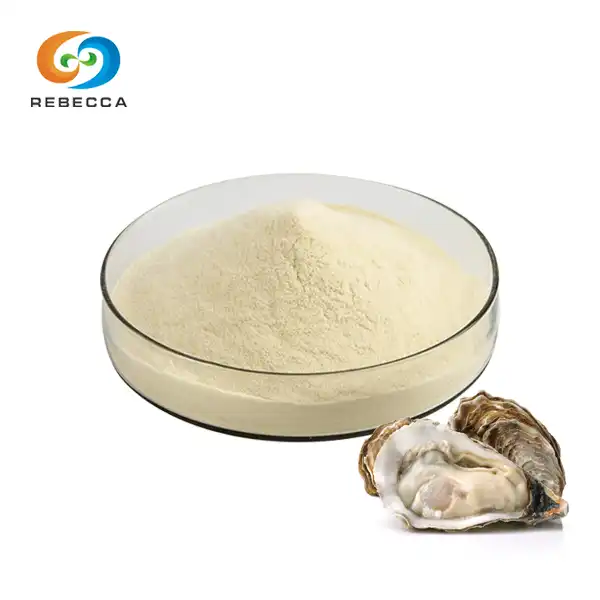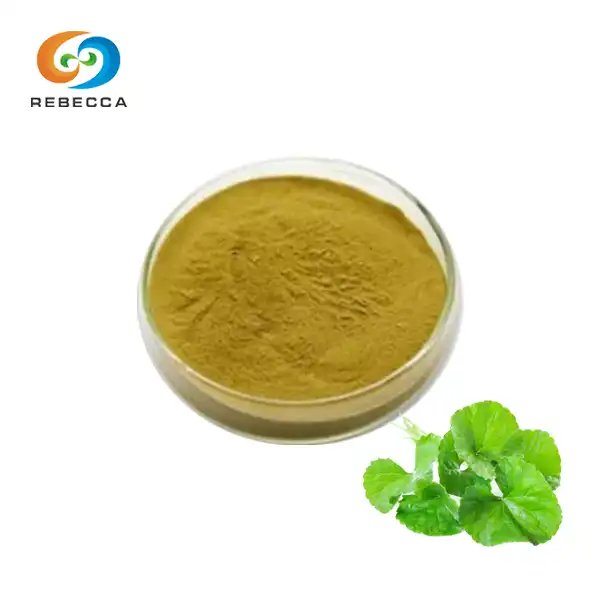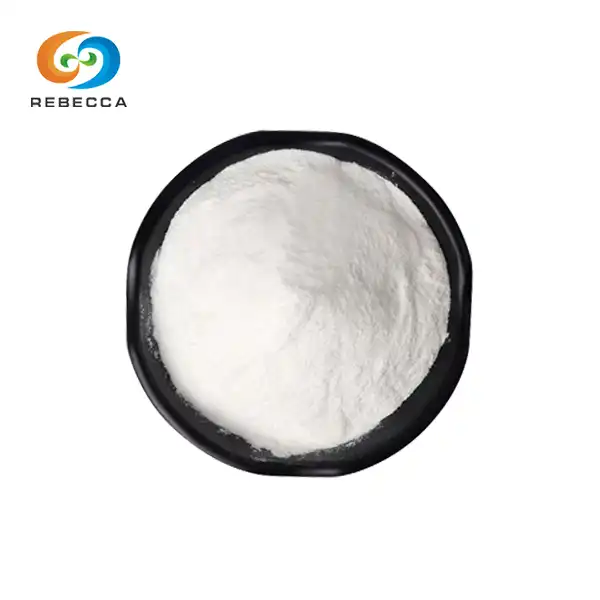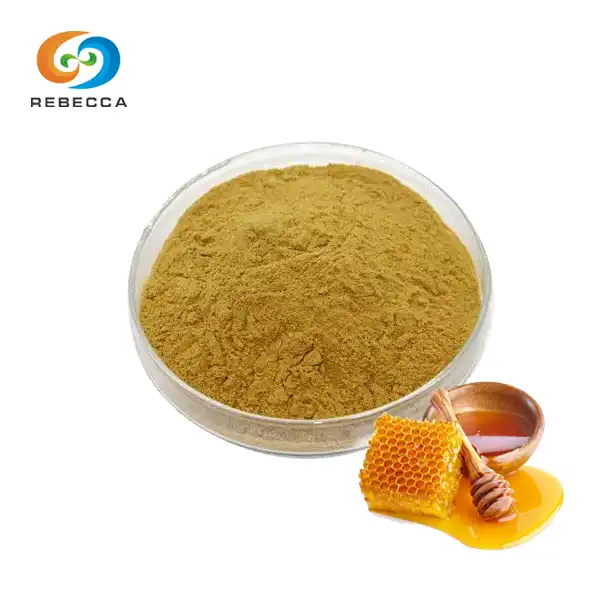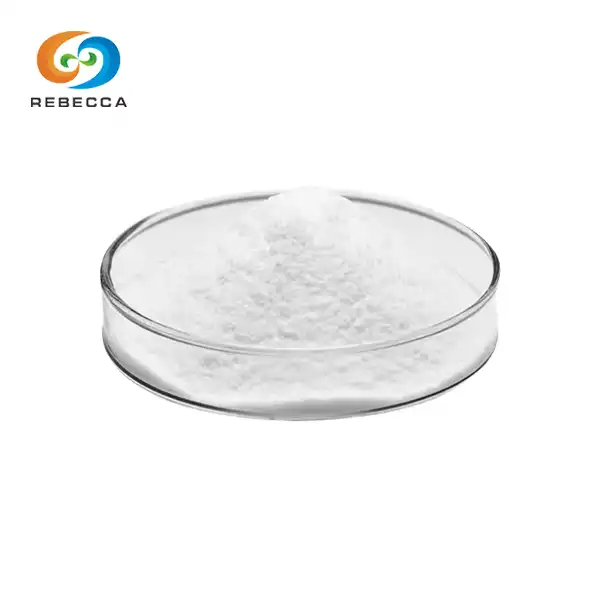How do you use gotu kola extract?
Gotu kola, scientifically known as Centella asiatica, is a herb that has been used for centuries in traditional medicine systems across Asia. In recent years, it has gained popularity in the Western world for its potential health benefits. gotu kola extract powder, derived from the leaves and stems of this plant, is now widely available in various forms. But how do you use gotu kola extract to potentially reap its benefits?
As interest in natural remedies continues to grow, many people are turning to gotu kola extract as a potential solution for a range of health concerns. From cognitive enhancement to skin care, this versatile herb has captured the attention of both researchers and health enthusiasts. However, to make the most of asiaticoside, it's crucial to understand the different ways it can be used and the appropriate methods for each application.
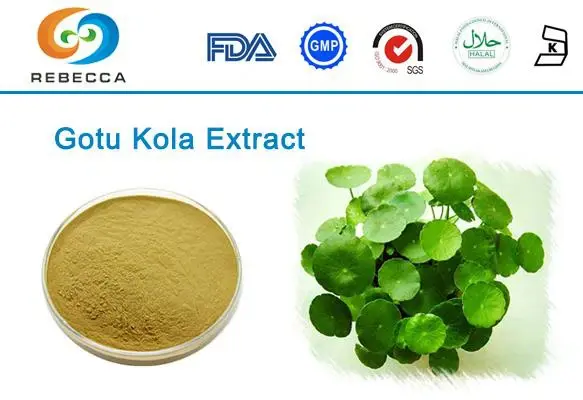
Rebecca will explore the various ways to use gotu kola extract asiaticoside, including oral consumption, topical application, and aromatic use. We'll delve into the specifics of each method, discussing dosages, potential benefits, and important considerations. Whether you're new to gotu kola or looking to optimize your current use, this guide will provide you with valuable insights into harnessing the potential of this ancient herb.
Orally
One of the most common ways to use gotu kola extract is through oral consumption. This method allows the active compounds in gotu kola to be absorbed into the bloodstream, potentially offering systemic benefits throughout the body. Oral consumption typically comes in three main forms: capsules, tablets, and liquid extracts.
Capsules and tablets are popular choices for those who prefer a convenient, pre-measured dose. These forms of gotu kola extract powder are easy to incorporate into a daily routine and can be taken with or without food, depending on the specific product instructions. The dosage can vary significantly depending on the concentration of the extract and the intended use.
For general health maintenance, a common dosage range is 300-680 mg of gotu kola extract, taken two to three times daily. However, it's crucial to note that this is just a general guideline. The appropriate dosage can vary based on factors such as age, health status, and specific health goals. A study published in the Journal of Ethnopharmacology used doses ranging from 500 mg to 2000 mg daily, divided into two doses, when examining gotu kola's effects on cognitive function.
Liquid extracts offer a more flexible dosing option. They can be added to water or other beverages, making them a good choice for those who have difficulty swallowing pills. Liquid extracts also tend to be absorbed more quickly by the body. The dosage for liquid extracts can vary widely depending on the concentration of the product, so it's essential to follow the manufacturer's instructions carefully.

When using it orally, it's important to start with a lower dose and gradually increase it as needed. This allows you to assess your body's response and minimize the risk of potential side effects. Some people may experience mild side effects such as headache, nausea, or dizziness when first starting to use gotu kola extract.
It's worth noting that while gotu kola is generally considered safe for most people when taken orally, it may interact with certain medications. For example, it may enhance the effects of medications used to reduce anxiety or induce sleep. Additionally, gotu kola may interact with medications that are changed by the liver. Therefore, if you're taking any medications or have any pre-existing health conditions, it's crucial to consult with a healthcare professional before starting to use it orally.
Lastly, the quality you choose can significantly impact its effectiveness and safety. Look for products from reputable manufacturers that use standardized extracts. These extracts contain a guaranteed amount of the active compounds in gotu kola, ensuring consistency in each dose. Always check the product label for information on standardization and follow the recommended dosage instructions.
Topically
Another popular way to use gotu kola extract powder is through topical application. This method involves applying it directly to the skin, usually in the form of creams, ointments, or lotions. Topical use is particularly common for addressing various skin conditions and promoting skin health.
One of the primary uses is for treating skin conditions such as eczema and psoriasis. These chronic skin conditions can cause itching, redness, and inflammation, significantly impacting quality of life. A study published in the International Journal of Clinical Pharmacology Research found that an ointment containing Centella asiatica extract was effective in treating psoriasis lesions. The researchers observed improvements in scaling, redness, and skin thickness in patients who used the gotu kola ointment.
Gotu kola extract powder is also used topically for wound healing and scar reduction. The herb contains compounds called triterpenoids, which have been shown to stimulate collagen production and promote the growth of new skin cells. A clinical study published in the International Journal of Clinical and Experimental Medicine found that a cream containing Centella asiatica extract was effective in improving the appearance of hypertrophic scars and keloids.

When using asiaticoside topically, it's important to choose products that are specifically formulated for skin application. These products often combine gotu kola extract powder with other beneficial ingredients to enhance its effects and improve absorption into the skin. its concentration in topical products can vary widely, so it's crucial to follow the product's specific usage instructions.
To use a gotu kola cream or ointment, start by cleansing the area of skin you want to treat. Apply a thin layer of the product to the affected area, gently massaging it into the skin until it's fully absorbed. Depending on the product and your specific needs, you may need to apply the cream once or twice daily. For best results, consistency is key – regular application over time is typically necessary to see significant improvements.
While topical use is generally considered safe for most people, it's always a good idea to do a patch test before using a new product on a larger area of skin. Apply a small amount of the product to a small patch of skin and wait 24 hours to check for any adverse reactions. If you experience redness, itching, or irritation, discontinue use and consult with a healthcare professional.
It's worth noting that while topical application can be beneficial for many skin conditions, it may not be suitable for everyone. People with very sensitive skin or certain skin allergies may need to avoid topical use. As always, if you have any concerns or pre-existing skin conditions, it's best to consult with a dermatologist before incorporating gotu kola extract into your skincare routine.
Aromatic Use
While less common than oral consumption or topical application, the aromatic use of gotu kola has a long history in certain traditional medicine practices. This method involves using the scent of gotu kola, typically through the use of its leaves, for potential therapeutic benefits. While scientific research on the aromatic use of gotu kola is limited, it remains a part of holistic healing practices in some cultures.
One way gotu kola is used aromatically is in herbal baths. In some traditional practices, fresh or dried gotu kola leaves are added to bathwater. The idea is that as you soak in the bath, you not only absorb some of the herb's beneficial compounds through your skin but also inhale its aroma. This practice is believed to promote relaxation and potentially support overall well-being.

Gotu Kola Extract Powder Supplier
For those interested in incorporating gotu kola extract into their health regimen or product formulations, finding a reliable supplier is crucial. Rebecca Bio-Tech is a reputable supplier of gotu kola extract powder, known for its commitment to quality and customer satisfaction.
Rebecca Bio-Tech offers free samples of their gotu kola extract powder asiaticoside, allowing potential customers to assess the quality of the product before making a purchase. This demonstrates their confidence in their product and their understanding of the importance of quality in the supplement industry.
In addition to providing samples, Rebecca Bio-Tech also supplies Material Safety Data Sheets (MSDS) to their clients. An MSDS provides detailed information about the potential hazards of a product and how to use it safely. This commitment to transparency and safety is crucial when dealing with natural extracts that may be used in supplements or personal care products.

If you're interested in learning more about Rebecca Bio-Tech's gotu kola extract powder or would like to request a sample and MSDS, you can contact them directly at information@sxrebecca.com. Their team can provide you with detailed information about their product, including its specifications, potential applications, and any other questions you might have about incorporating asiaticoside into your health regimen or product line.
Remember, while gotu kola extract shows promise for various health applications, it's important to use any new supplement responsibly. Always consult with a healthcare professional before adding gotu kola or any new supplement to your routine, especially if you have pre-existing health conditions or are taking medications.
References
1. Gohil, K. J., Patel, J. A., & Gajjar, A. K. (2010). Pharmacological review on Centella asiatica: a potential herbal cure-all. Indian journal of pharmaceutical sciences, 72(5), 546-556.
2. Wanasuntronwong, A., Tantisira, M. H., Tantisira, B., & Watanabe, H. (2012). Anxiolytic effects of standardized extract of Centella asiatica (ECa 233) after chronic immobilization stress in mice. Journal of ethnopharmacology, 143(2), 579-585.
3. Bylka, W., Znajdek-Awiżeń, P., Studzińska-Sroka, E., & Brzezińska, M. (2013). Centella asiatica in cosmetology. Postepy dermatologii i alergologii, 30(1), 46-49.
4. Chong, N. J., Aziz, Z., Jhala, V., & Thaker, V. (2013). A systematic review on the use of Centella asiatica for cognitive function. Evidence-Based Complementary and Alternative Medicine, 2013.
5. Bylka, W., Znajdek-Awiżeń, P., Studzińska-Sroka, E., Dańczak-Pazdrowska, A., & Brzezińska, M. (2014). Centella asiatica in dermatology: an overview. Phytotherapy Research, 28(8), 1117-1124.
6. Gray, N. E., Magana, A. A., Lak, P., Wright, K. M., Quinn, J., Stevens, J. F., ... & Soumyanath, A. (2018). Centella asiatica: phytochemistry and mechanisms of neuroprotection and cognitive enhancement. Phytochemistry Reviews, 17(1), 161-194.
7. Somboonwong, J., Kankaisre, M., Tantisira, B., & Tantisira, M. H. (2012). Wound healing activities of different extracts of Centella asiatica in incision and burn wound models: an experimental animal study. BMC complementary and alternative medicine, 12(1), 1-7.
